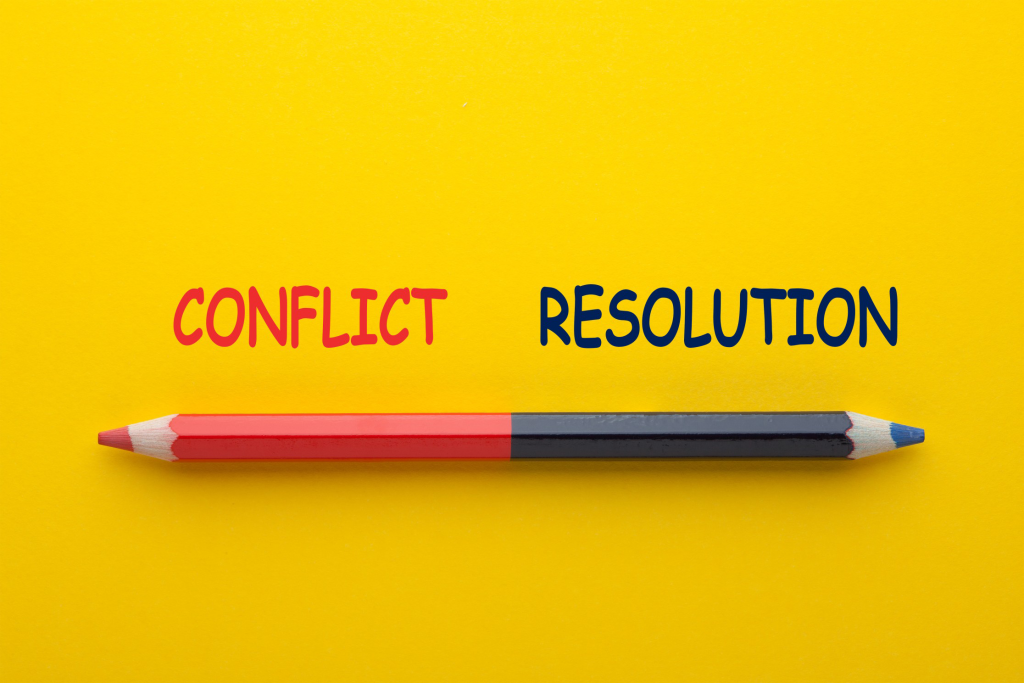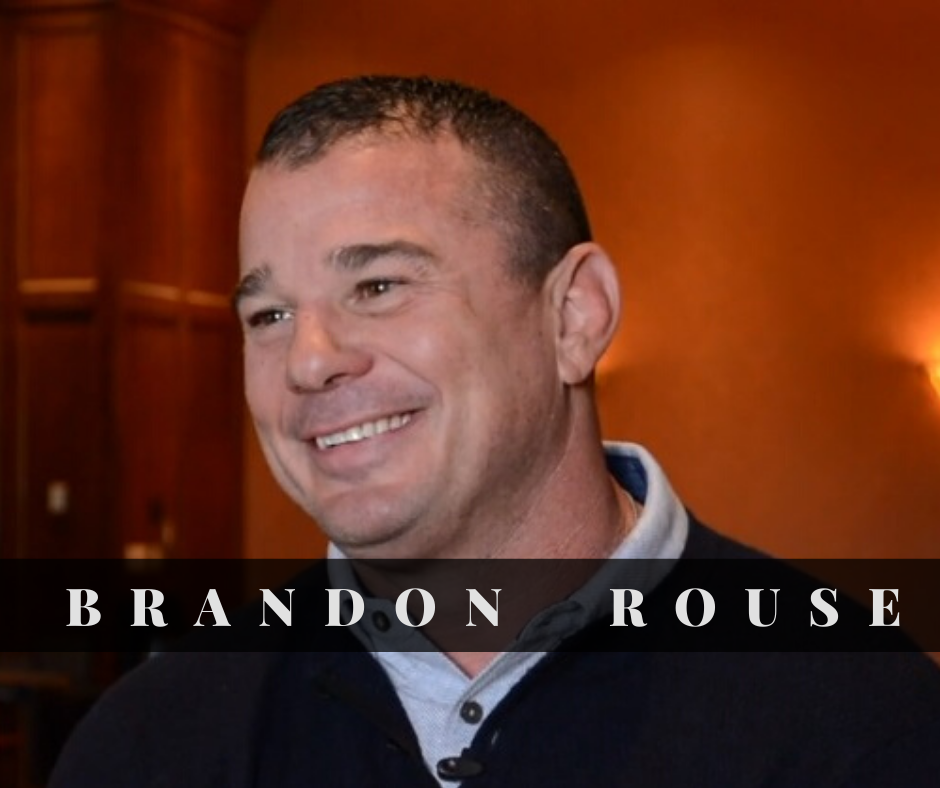Conflicts and disagreements are part of life says Michael Brown, managing director of MKTG and author of the book, I Don’t Agree Why We Can’t Stop Fighting – and How to Get Great Stuff Done Despite Our Differences. From childhood conflicts to boardroom brawls, it seems humanity is hardwired for heated conflict says Brown but delving into the sociology of interpersonal challenges can help solve key obstacles. If adopting a collectivist approach to interactions with others can help pivot conflict to collaboration, what specific steps can leaders take to boost teamwork?
Disagreements are not a bad thing but how you lead others through managing conflict will determine whether the outcome is positive. While some view the word collaboration as a corporate buzzword, the process doesn’t have to be a rare thing if leaders are aware of how to foster an authentic culture that inspires true teamwork.

Better collaboration in today’s competitive workplace begins with each of us. Brown suggests making a list of all the weaknesses that could endanger a collaborative effort and share them openly with your team. Just as a surgical checklist helps doctors avoid accidentally skipping important steps during an operation, your list creates an opportunity to promote conduct you desire to display when working with others in your workplace.
Better collaboration in today’s competitive workplace begins with each of us. Brown suggests making a list of all the weaknesses that could endanger a collaborative effort and share them openly with your team. Just as a surgical checklist helps doctors avoid accidentally skipping important steps during an operation, your list creates an opportunity to promote conduct you desire to display when working with others in your workplace.
Also, take some time to focus on your top two or three faults and actively think about them before you engage with others. An ego-checking ritual can also help collaboration efforts so before meeting with others on your team, Brown suggests imagining yourself removing an overcoat (represents competitive impulses). Next, picture yourself taking off an imaginary undervest (represents self-focus). This visual exercise can help set the stage for discussions with those who have opposing views by inviting an open and cooperative state of mind. Consider implementing Brown’s additional five suggestions to help boost team collaboration within your organization.
5 Ways To Boost Team Collaboration:
1. Establish who might say no to your proposal.
2. Use “self-distancing” techniques to see the endeavor from the naysayers’ point of view.
3. Identify and rank the likelihood of all the risks that associate with your proposal, and work to reduce the probability and severity of those risks.
4. Find an influential third party to champion your cause.
5. Close the deal by making the other people feel like valued partners, with an equal stake in the operation. Offer thoughtful countermeasures for any concerns.
Leadership Challenge: What additional ways have you shifted conflict to collaboration, share your experience with other thought leaders in the comments section.

Brandon Rouse leads a diverse and growing team of professionals well-versed in the challenges facing healthcare today. Headquartered in Oklahoma City, OK, Brandon’s experienced team represents various technological and innovative medical solutions. ZB RX Medical and RX Medical are direct distributors of Zimmer Biomet.

